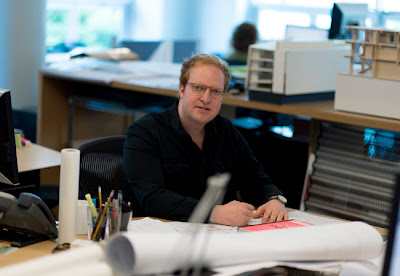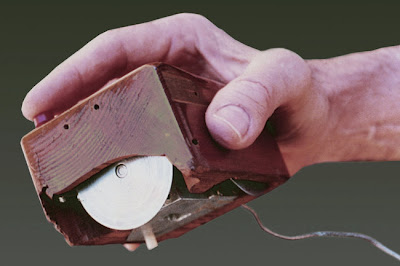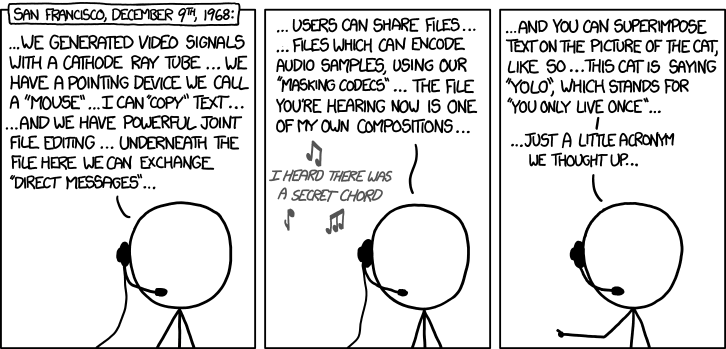Teresa Crane forwarded me this article and asked if I would like to present it. I agree with all the advice so I post it below. The original article is posted here.
According to The Job Outlook for the College Class of 2013 by the National Association of Colleges and Employers (NACE), nearly all of the top ten bachelor degrees for hiring in the current job market involve leadership ability. These include some of the most popular degrees offered online, such as business administration and marketing management (November 2012). Furthermore, even if you are an e-learner who does not intend to pursue a direct supervisory role, “leadership” is an often cited soft skill on most prospective employers’ lists of wants for their employees.
Clearly, leadership is a new trend in hiring, and graduates about to enter the workforce must be prepared to develop and demonstrate that they have this talent. But what is meant by “leadership skills,” and how do students, especially e-learners, attain and document that they have such abilities? To help guide you, here is an explanation of what employers are looking for and ways you can show them you have leadership skills.
Leadership Defined

Most experts agree that leadership can be a bit difficult to define. Therefore, David Mielach of Business News Daily went right to the source, the leaders of business and industry, to discover, “10 Ways to Define Leadership” (27 December 2012). The answer that stands out most of all is the definition offered by business consultant, Kendra Coleman:
Leadership is an act — a decision to take a stand, or step, in order to encourage, inspire or motivate others to move with you. What’s more, the most effective leaders do not rely on their title, or positional power, to lead. Rather, their ability to use their own personal power combined with their use of strategic influence are what make them effective” (qtd. in Mielach. 27 December 2012).
Most see leadership as the ability to take proactive, preventative, results-producing action. This has no connection to a job title or position. Rather, the group of experts Mielach interviewed sees leadership as an inner strength that inspires outward results, a sense of vision that envelops others and guides a team to further success.
There are a few additional traits that are often mentioned.
Additional Characteristics

Some additional attributes of leadership should also be kept in mind. Good leaders are:
• Flexible with people and situations: According to author and expert trainer,
Ken Blanchard,
leadership involves the understanding of when to direct, coach, support, and/or delegate to co-workers as a supervisor or team member based on the context.
• Entrepreneurial/Intrapreneurial: They have the creativity and dynamism to operate outside the box to problem solve and get things done whether you are owning and operating your own business (
entrepreneur
) or working within an organization (
intrapreneur
• Communicative: They possess the ability to get a message across to others and to guide the exchange of ideas verbally or electronically.
Note that some of these attributes are broken down separately on lists of skills employers look for in employees.
Ways to Gain Leadership Skills

There are quite a few ways that students, online or on-ground, can gain leadership experience. You may even be doing some of these already.
Stand out favorably
in class and obtain letters of recommendation from professors, collect relevant feedback (e.g., on assignments from faculty and other students), and save copies of your best work.
• Lead group projects and document what you did and why; be careful to do this in accordance with the characteristics described above rather than in a pushy way.
• Take specific courses related to leadership, and if possible, take some independent study classes that would allow you to work with a professor on a topic specifically related to leadership development in your field.
• Obtain certifications related to leadership by checking what is offered by your school (e.g., See these offerings by
Villanova University
) or respected external, career/employer specific programs (e.g., See
the U.S. Office of Personnel Management
• Participate in organizations, such as Keith Hawkins’s
Real Inspiration, Inc.
which provides opportunities to train and get involved in leadership from middle school through college.
• Seek out positions of leadership in student organizations at your school. Most will list these on their websites as
Aurora University
does, or consider starting your own group. Some groups, such as
The National Society of Collegiate Scholars (NSCS)
have special leadership development programs and chapters at online universities (e.g.,
Kaplan University
• Consider entry-level jobs, internships/externships, and volunteer positions in which you may develop and increasingly demonstrate leadership skills. Your department and/or school should be able to assist you with finding a suitable position.
How to Document Leadership for Employers

Now that you understand what leadership is and have some ways to gain skills in this area, it’s also time to think about how you will demonstrate this to employers. Here are some suggestions to get you started.
• Most application processes still rely on the traditional cover letter and resume with transcripts, though often this is presented via an online application site. Follow a
functional resume format
that will highlight what you can do, and be sure to add a specific (sub)heading for “Leadership Skills.”
• Online applications will often allow you to attach transcripts, additional documents, and/or electronic links. Take full advantage of these options to add scanned copies of certifications, screen shots of your work, letters of recommendation, sample projects—anything you have done or are currently involved with that shows you are a leader.
• Software options exist that will also help you demonstrate your leadership skills to potential employers. Consider using
Live Binders,
Zotero
screen capture software
to assemble a professional overview of your work; then share a link with prospective employers on your resume or in your cover letter.
• Social media is a powerful tool, and hiring managers are increasingly consulting the digital footprint of job candidates. Carefully
brand yourself
as an up and coming leader in your field within social media sites, such as
Twitter
Facebook
LinkedIn
. Share links to these sites with prospective employers within your application.
Pursuing, documenting, and demonstrating that you have leadership skills can take time; however, the knowledge that employers are increasingly looking for talent in this area, especially in some of the top career fields, should motivate you to take action. You also do not need to accomplish all of the above steps at once. Rather, try to focus on one or two ways each semester and gradually build an impressive portfolio for employers and online presence that brands you clearly as a leader.
If you have any additional tips or suggestions, please share them in the dialog box below or via Twitter.
Please join Michael on Google+, Twitter, and Facebook.
Image courtesy of FreeDigitalPhotos.net






























